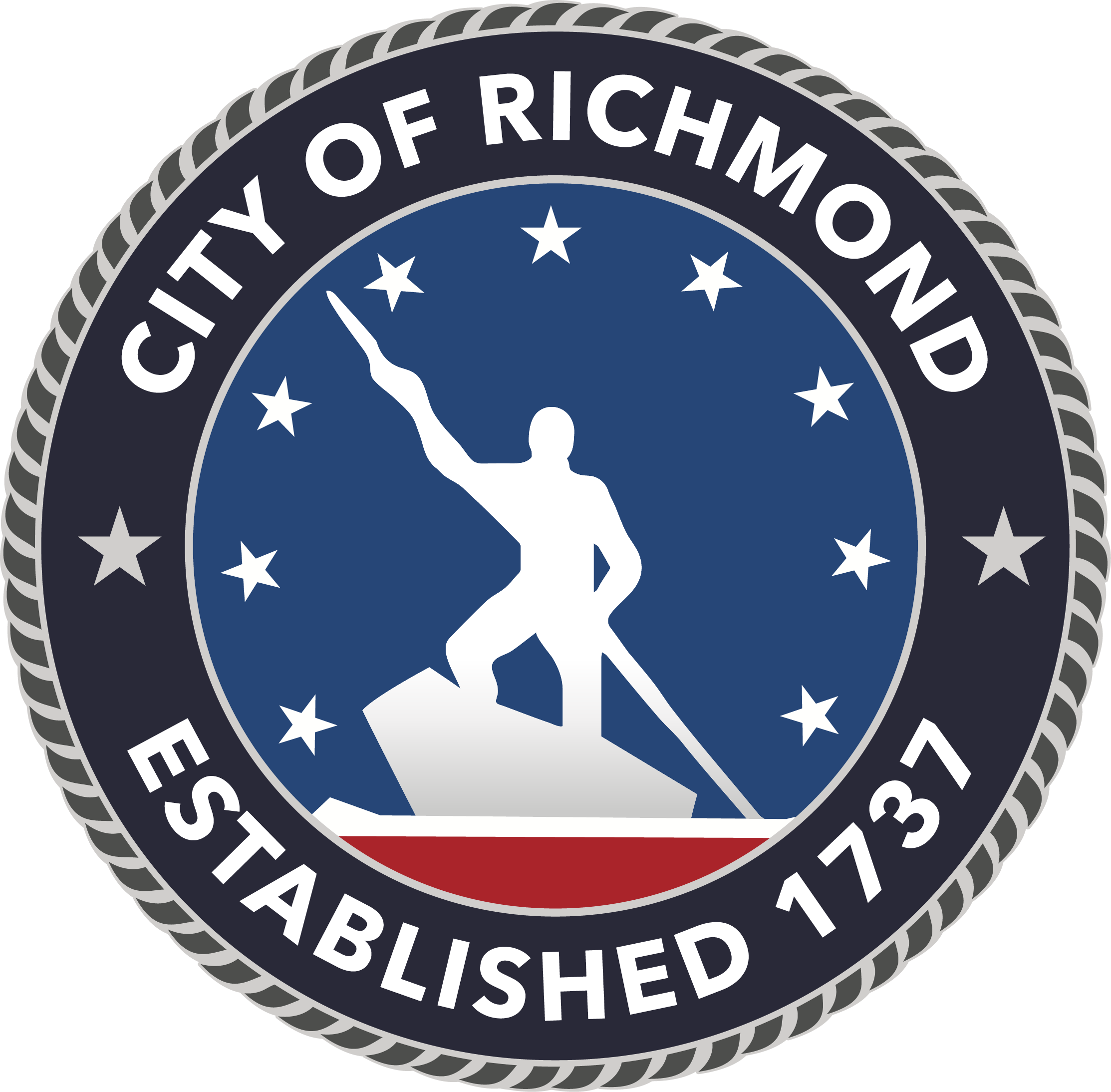Two of the most common calls our Water Plant water quality technicians receive is cloudy water complaints and hot water that has a bad taste or smell. Neither issue is one the city can correct. Cloudy water is caused by dissolved gases such as oxygen, nitrogen, argon, carbon dioxide, or hydrogen sulfide and the water looks cloudy only momentarily. The milky coloring is just air and the water clears when allowed to sit for a minute or two.
Water that has not been used for a period of time may have a taste and odor from sitting stagnant in the pipes. Run your tap for a few minutes when returning home if you’ve been away for more than 24 hours.
If the chlorine in water is unpleasant to you, place your drinking water in an uncovered glass container in the refrigerator at least overnight. This allows for the chlorine to dissipate at a faster pace. A container with a large opening works better. Another option is to boil tap water for five minutes, then allow it to cool. Then you won’t taste the chlorine.
The water from your water heater has all these gases and is under pressure, so when it comes out of the faucet, it might have a cloudy or milky appearance. It starts clearing up from the bottom to the top. It’s simply the tiny air bubbles rising. This is perfectly normal and it may happen more often at different times of the year. You don’t need to call the Department of Public Utilities unless the water hasn’t cleared up at all after five minutes.
Bad tasting or smelly hot water usually means the customer has an issue with their hot water heater that needs to be addressed. Most of the time, it’s sediment in the tank. Hot water heaters need to be flushed periodically to minimize tastes and odors. Follow all manufacturing recommendations outlined in your owner’s manual for properly maintaining your hot water heater. It’s actually easy to do yourself.
For electric hot water heaters, shut off the power from the circuit breaker. If you use gas, shut the valve providing the gas supply. Next, turn off the cold water supply to the thank. It will be a valve near the bottom of the water tank. If you are not sure, feel the piping to see if it feels cool.
Near the bottom of the water heater is a drain valve. It may look like a small faucet or a round dial attached to a hose. If it’s a hose attachment, attach a garden hose tightly to it and put the other end of the hose out a window or in a sink or basement drain. If you have a faucet valve, you’ll need to drain it into buckets. You’ll need at least two, one to empty while the other is filling.
When the tank is empty, DO NOT turn the power or gas back on yet. That would be very bad and do great damage to your unit. Turn the water back on and fill up the water heater first. After it is full, then you can turn the power or gas back on. It will take awhile before the water gets hot again.
For more information, search YouTube for videos on how to drain hot water heaters.
For more information on the City's drinking water quality, view the latest
Consumer Confidence Report. Questions about the report of your water quality can be directed to 646-8701







